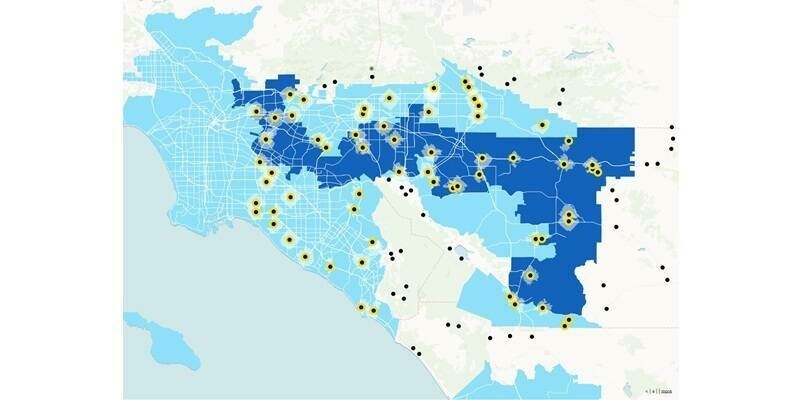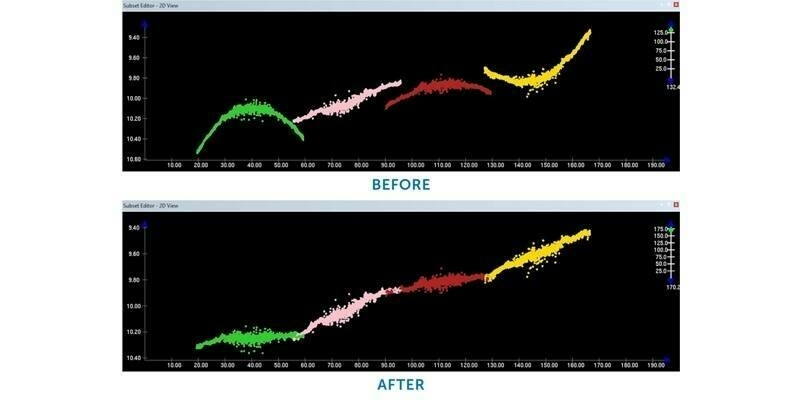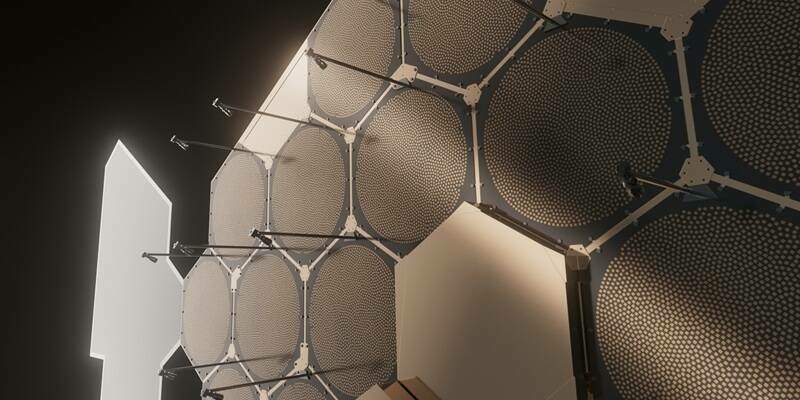Six microsatellites developed by Space Flight Laboratory (SFL) were successfully launched by the SpaceX Transporter-5 rideshare mission on May 25.
The three GHGSat greenhouse gas monitoring and three HawkEye 360 radio frequency (RF) geolocation microsatellites bring to 36 the total number of SFL-built satellites placed into orbit since 2020.
“SFL congratulates GHGSat and HawkEye 360 for their continued success and leadership in commercial space-based applications of microsatellites,” said SFL Director Dr. Robert E. Zee.
The recently launched GHGSat-C3, C4, and C5 satellites – named Luca, Penny, and Diako – join three others already in orbit and also built by SFL for GHGSat Inc. of Montreal. Using attitude control technology developed by SFL for precise pointing of sensors aboard low-inertia platforms in orbit, the GHGSat constellation detects and measures greenhouse gas emissions from sources on the Earth’s surface.
SFL has now developed 15 microsatellites for HawkEye 360 of Herndon, Va. This constellation detects and geolocates RF signals for maritime situational awareness, emergency response, national security, and spectrum analysis applications. SFL was selected for these missions due to the importance of formation flying by multiple satellites for successful RF geolocation.
Subscribe to our newsletter
Stay updated on the latest technology, innovation product arrivals and exciting offers to your inbox.
Newsletter

